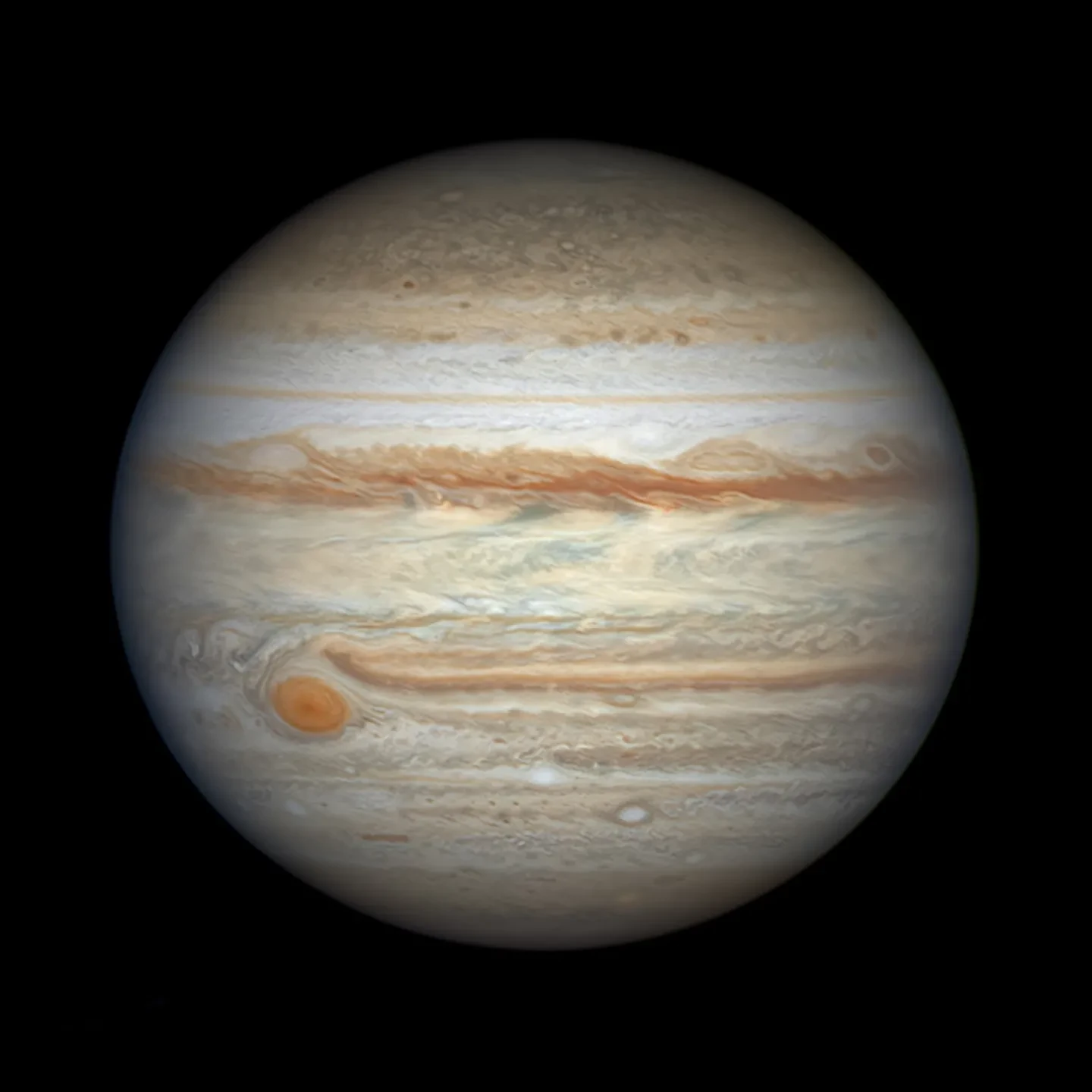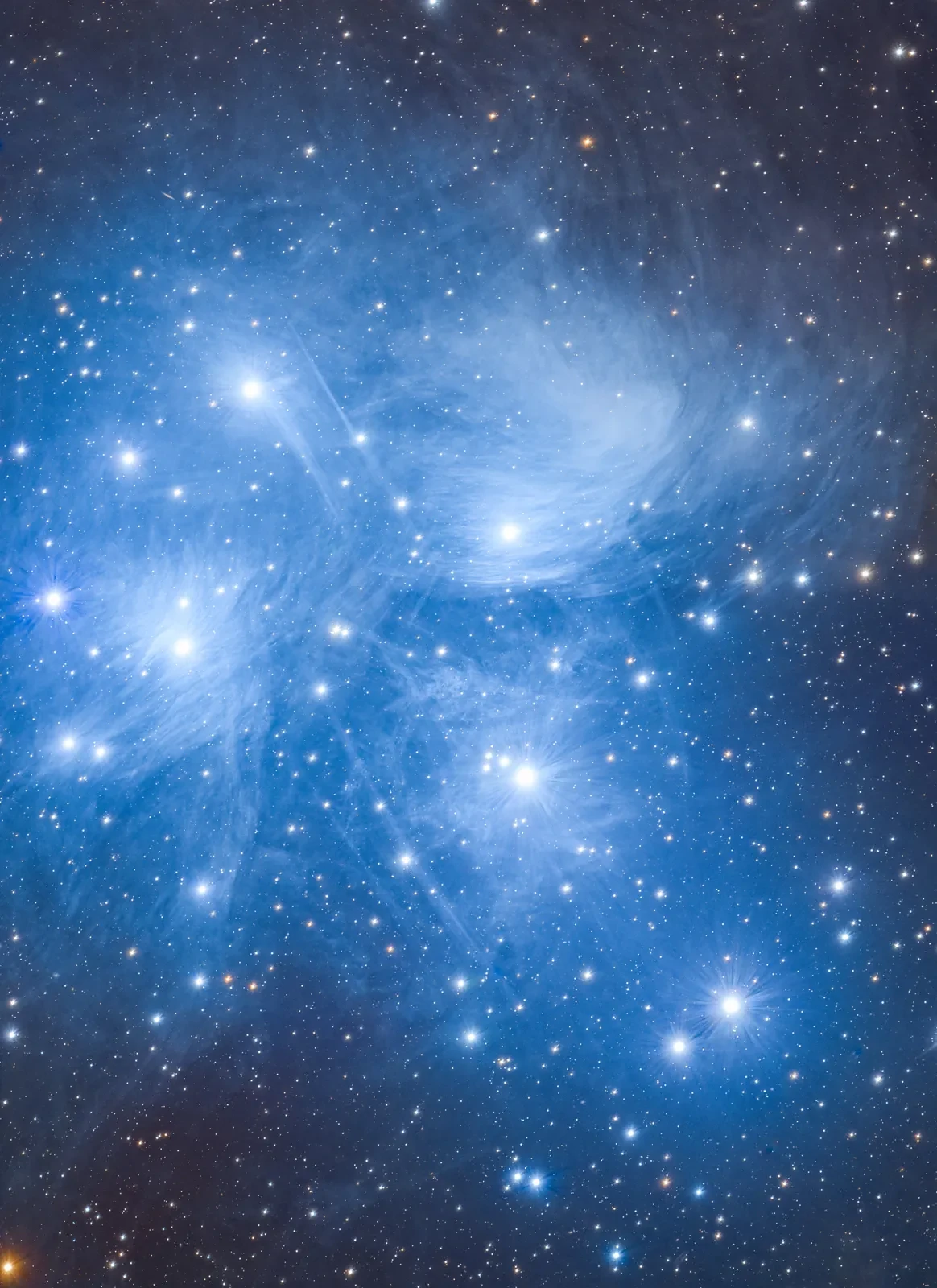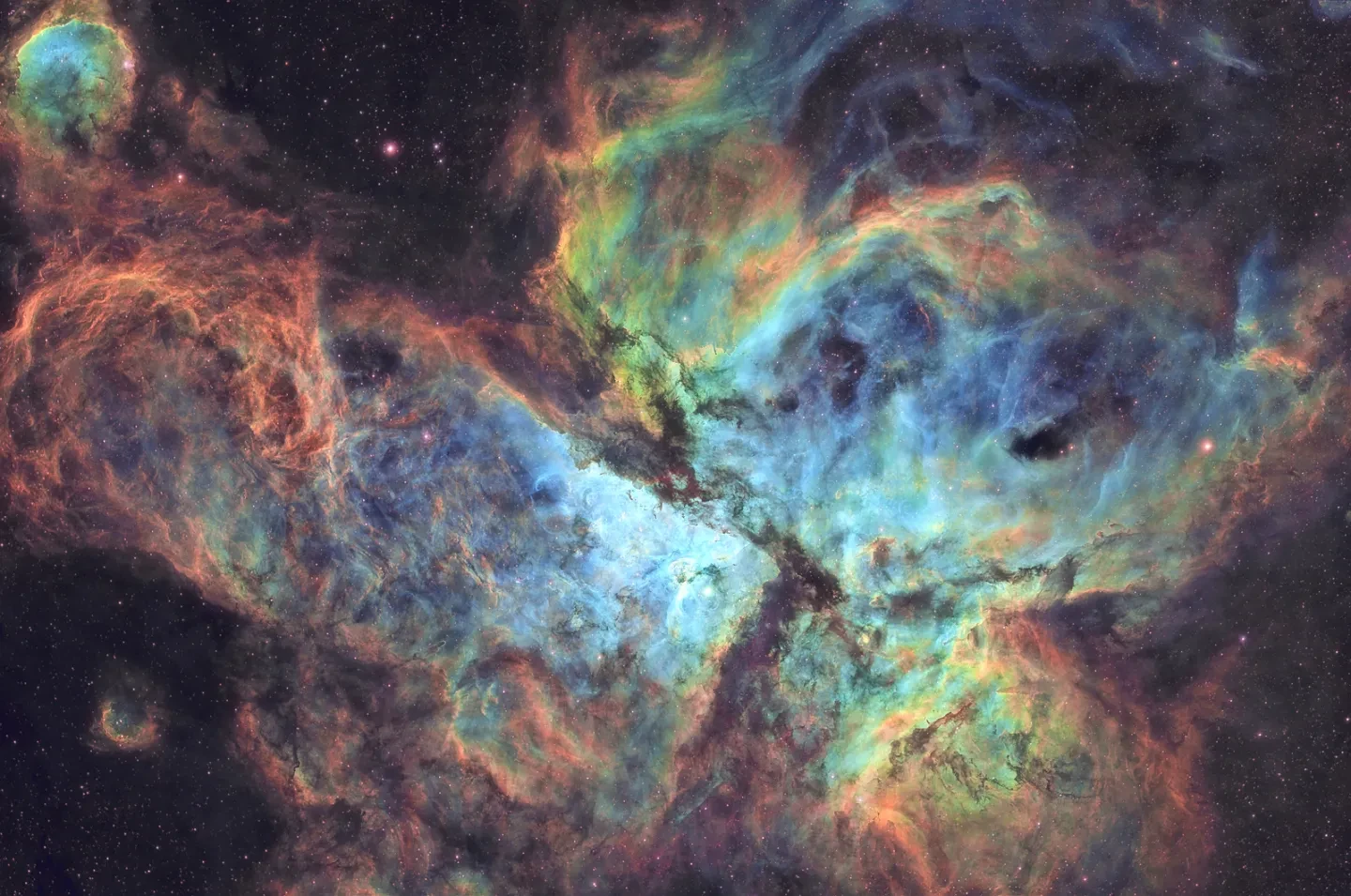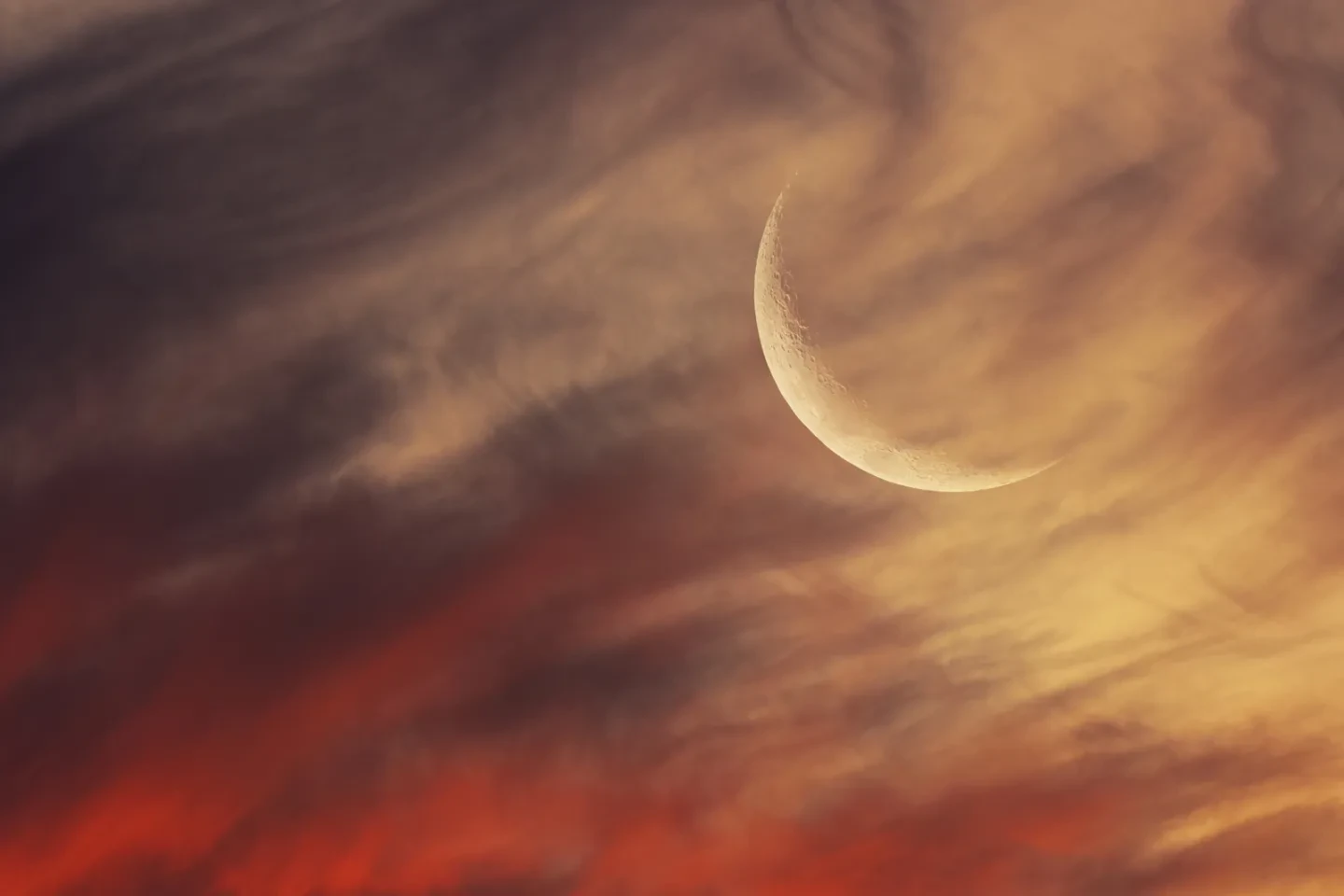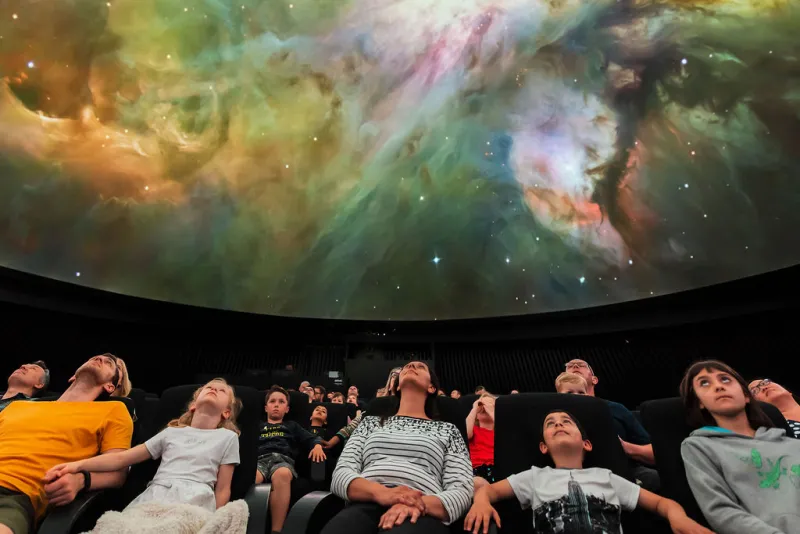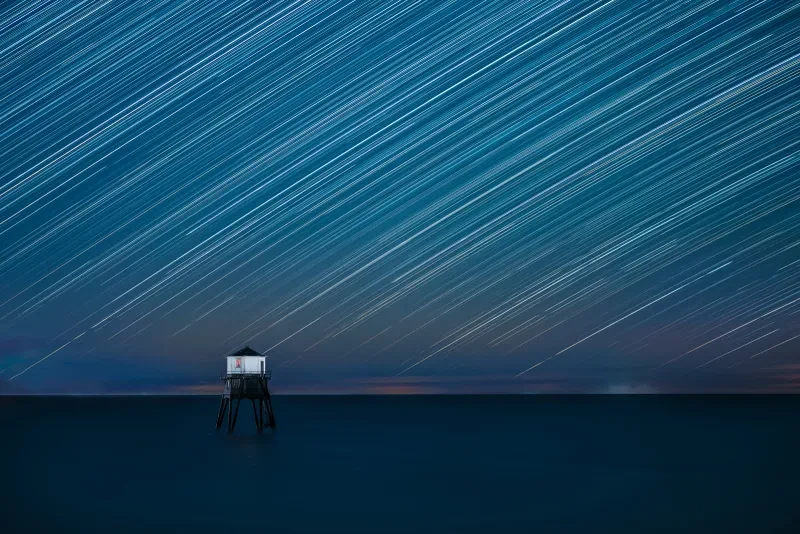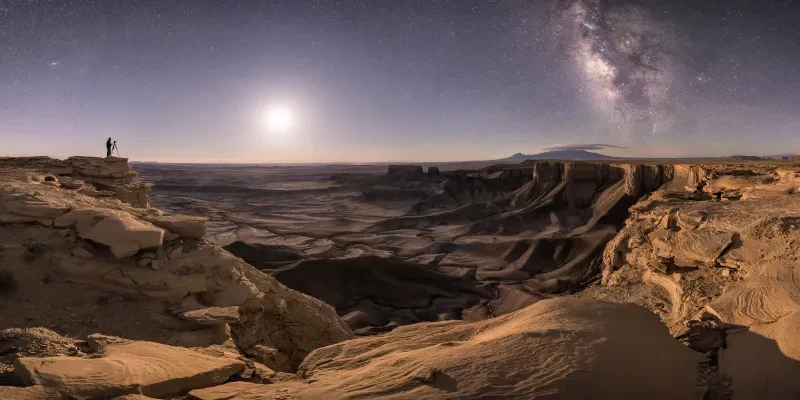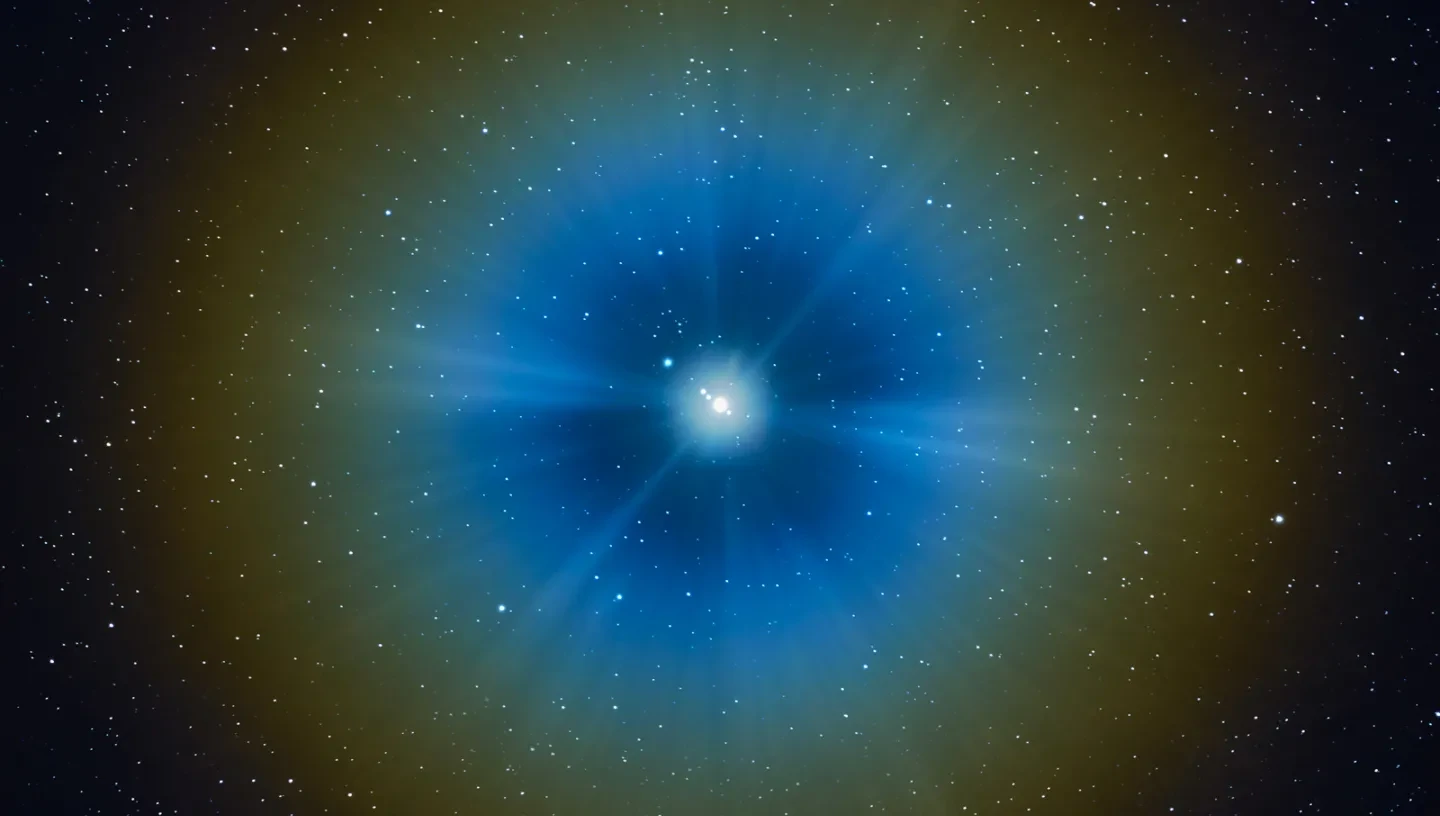
Discover what to see in January's night sky, including the Quadrantid meteor shower, close lunar encounters of Jupiter and the Pleiades, and a stunning swarm of stars from the Beehive Cluster.
Top three things to see in the night sky in January 2024
- 3-4 January - the peak of the Quadrantid meteor shower
- 20 January - the Moon visits the Pleiades
- Throughout the month - the Beehive Cluster high in the sky
(Details given are for London and may vary for other parts of the UK)
See what's in February's night sky
Look Up! Podcast
Subscribe and listen to the Royal Observatory Greenwich's podcast Look Up! As well as taking you through what to see in the night sky each month, Royal Observatory astronomers pick two space news stories to talk about.
In this month's podcast, available below, we talk about how school students helped researchers simulate current conditions on Mars to discover if rovers on the red planet can detect biosignatures if they're there. Plus, why NASA laser beamed a cat video to Earth from deep space.
At the start of January, join the conversation on X (formerly Twitter) (@ROGAstronomers).
Our podcast is available on iTunes and SoundCloud.
Happy perihelion day!
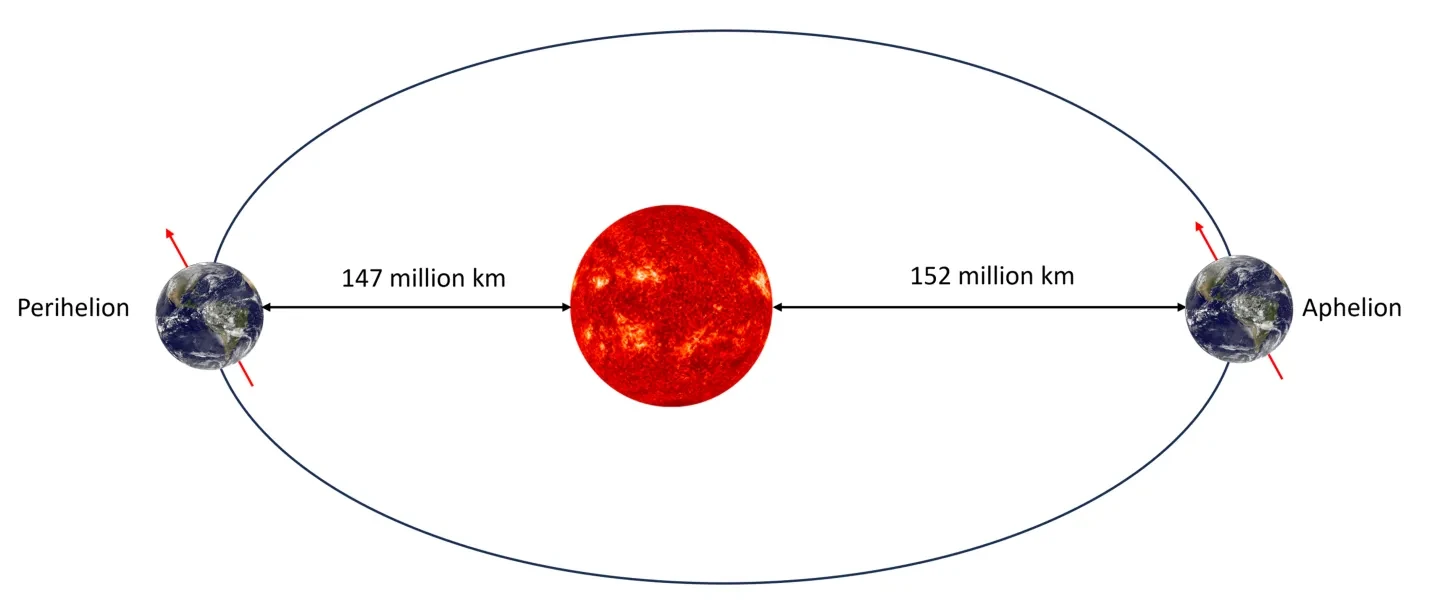
The third day of the year marks perihelion day! The Earth’s orbit is elliptical, which means that its distance to the Sun changes during the year. Aphelion is when the Earth is at its farthest point from the Sun and occurs roughly two weeks after the June solstice. About two weeks after the December solstice, the distance between the Earth and the Sun will be at its smallest.
This year, perihelion falls on 3 January at 00:38. The difference in the Earth-Sun distance between aphelion and perihelion is only about 5 million kilometres and is not the reason why we have seasons – after all, the Northern Hemisphere experiences winter when Earth is closest to the Sun. Instead, we get seasons because of the Earth’s tilt.
The first meteor shower of 2024 - the Quadrantids
2024 also brings with it the Quadrantid meteor shower, which peaks overnight between 3 and 4 January. Unlike most other meteor showers, the Quadrantids' peak only lasts a few hours and comes from the debris left behind by an asteroid, not a comet. The asteroid is known as 2003 EH1 and has a 5.5-year orbit around the Sun.
Meteor showers are named after the constellation that the shower seems to appear from. The Quadrantids stand out again because they're named after an ancient constellation, Quadrans Muralis, which is not on the list of the 88 internationally recognised constellations. The Quadrantids’ radiant is near Boötes and the shower is sometimes called the Bootids.
If conditions are ideal, the Quadrantids have a maximum rate of 110 meteors per hour. The waning crescent Moon will rise just after midnight on the 4th, so it will only cause minimal light pollution. As usual, the darker and clearer your sky, the higher your chances of seeing the meteors.
Close encounters with the Moon
Jupiter keeps on shining brightly in the night sky throughout January. It will form a close conjunction with the first quarter Moon on 18 January. The two will move across the sky together from sunset until around 01:00.
This is a great chance to try astrophotography – see if you can capture our natural satellite and the King of the Planets in the same photo. The first quarter Moon is one of the best phases to observe, especially through binoculars or a telescope, as features such as craters and mountain ranges cast long shadows and stand out more clearly. This is particularly obvious along the terminator, the line that separates the lit and dark sides of the Moon. Spend some time looking along here and you’ll see the light and shadows change over a few hours as the lunar day progresses.
There’ll be another astrophotography opportunity two days later on 20 January, when the Moon will pass by the Pleiades star cluster. Both will be in the constellation of Taurus. The Moon will be less than a week away from being full so it will outshine the faintest stars in this young open cluster.
You can try to spot some of those stars by looking through binoculars and, if they have a wide enough field of view, you can also see the Moon at the same time. You can enjoy this spectacle from sunset to the very early hours of the next day.
A swarm of stars
The Beehive Cluster located in Cancer is visible throughout January but will reach its highest point in the sky at the end of the month. The stars in Cancer are fairly faint and this constellation is often missed. One way of finding the Beehive Cluster is to use the stars Pollux and Castor in Gemini, and Regulus in Leo, as this open cluster lies about halfway between Regulus and Gemini’s brightest stars.
Those who are lucky enough to be in a very dark site may be able to see it as a smudge with the naked eye, but binoculars and small telescopes will show a sprinkling of yellow and red stars amongst dozens of bright blue-white ones.
A stellar nursery in the Southern Hemisphere
Stargazers in the Southern Hemisphere can look for the Eta Carinae Nebula in the constellation of Carina (The Keel). This is one of the biggest stellar nurseries in our galaxy but is also home to the binary star Eta Carinae, after which the nebula was named after.
This star system is made up of two massive, elderly stars that orbit each other. The larger of the two had a near-death experience in the early 1800s where it released a sudden outburst of light and matter. It became the second brightest star for a few decades before the clouds of dust it ejected started to shroud it. It has had a few smaller outbursts since and is once again a naked eye object. Material thrown out from the Great Eruption in 1820 has now formed a dumbbell-shaped cloud around the star and is called the Homunculus Nebula.
Moon phases for January 2024
Third Quarter: 4 January (03:30)
New Moon: 11 January (11:57)
First Quarter: 18 January (03:52)
Full Moon: 25 January (17:54)
You may be interested in
Header image: Jupiter in the Mist © Gregor Kresal - shortlisted in Astronomy Photographer of the Year 2023

